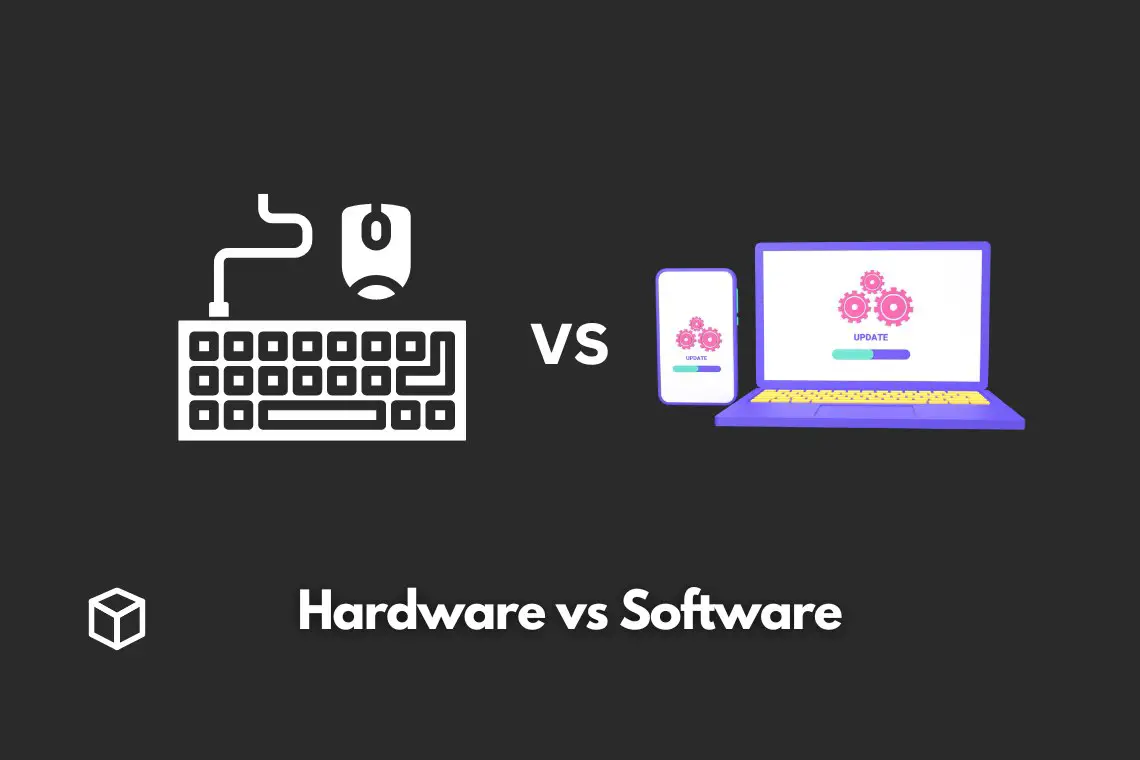In today’s world, technology is an integral part of our daily lives.
We use it for everything from communication to entertainment to work.
However, many people are not aware of the fundamental difference between hardware and software.
Hardware refers to the physical components of a device, while software refers to the programs and instructions that run on that device.
Understanding the distinction between hardware and software is crucial for anyone who wants to understand how technology works and how to use it more effectively.
Hardware
Hardware refers to the physical parts of a computer or technology device.
These parts include processors, memory, storage, and input/output devices.
The processor, also known as the “brain” of the computer, is responsible for executing instructions and performing calculations.
Memory, often referred to as RAM, is used to store data temporarily while the computer is running.
Storage, such as hard drives or solid state drives, is used to store data permanently.
Input/output devices, like a keyboard or mouse, allow the user to interact with the computer.
The role of hardware in a device is to provide the necessary resources for the software to run.
The performance and capabilities of a device are largely determined by the hardware components it contains.
For example, a device with a faster processor and more memory will be able to run more demanding programs and multitask more efficiently.
In recent years, there have been significant advancements in hardware technology.
Processors have become faster and more efficient, storage capacity has increased, and new input/output devices have been developed.
These advancements have had a significant impact on the end-users and the industry as a whole.
For example, the development of faster processors and more memory has made it possible for devices to run more demanding programs and handle larger amounts of data.
Software
Software refers to the programs and instructions that run on a computer or technology device.
These programs can be divided into two main categories: operating systems and applications.
Operating systems, such as Windows or macOS, provide the basic framework for a device and control the hardware resources.
Applications, such as word processors or games, perform specific tasks and provide specific features.
The role of software in a device is to provide the functionality and user experience.
Software programs are responsible for the tasks and features that the user can access and use.
For example, a word processor allows the user to create, edit, and format text documents, while a game provides entertainment.
In recent years, there have been significant advancements in software technology.
Operating systems have become more efficient and user-friendly, and new applications have been developed to perform a wider range of tasks.
These advancements have had a significant impact on the end-users and the industry as a whole.
For example, the development of more efficient operating systems has made it possible for devices to run more smoothly and handle larger amounts of data.
Hardware and Software Interaction
Hardware and software are closely related and work together to perform tasks and accomplish goals.
The hardware provides the necessary resources for the software to run, while the software controls and utilizes these resources.
It is important for the hardware and software to be compatible with each other.
For example, a device with a specific operating system will only run software that is compatible with that operating system.
Hardware and software interact in various ways to create specific functions or features.
For example, a device’s camera hardware and camera software work together to capture and store images.
Similarly, the hardware and software of a device’s touch screen work together to allow the user to interact with the device through touch.
Conclusion
In conclusion, understanding the distinction between hardware and software is crucial for anyone who wants to understand how technology works and how to use efficiently.




